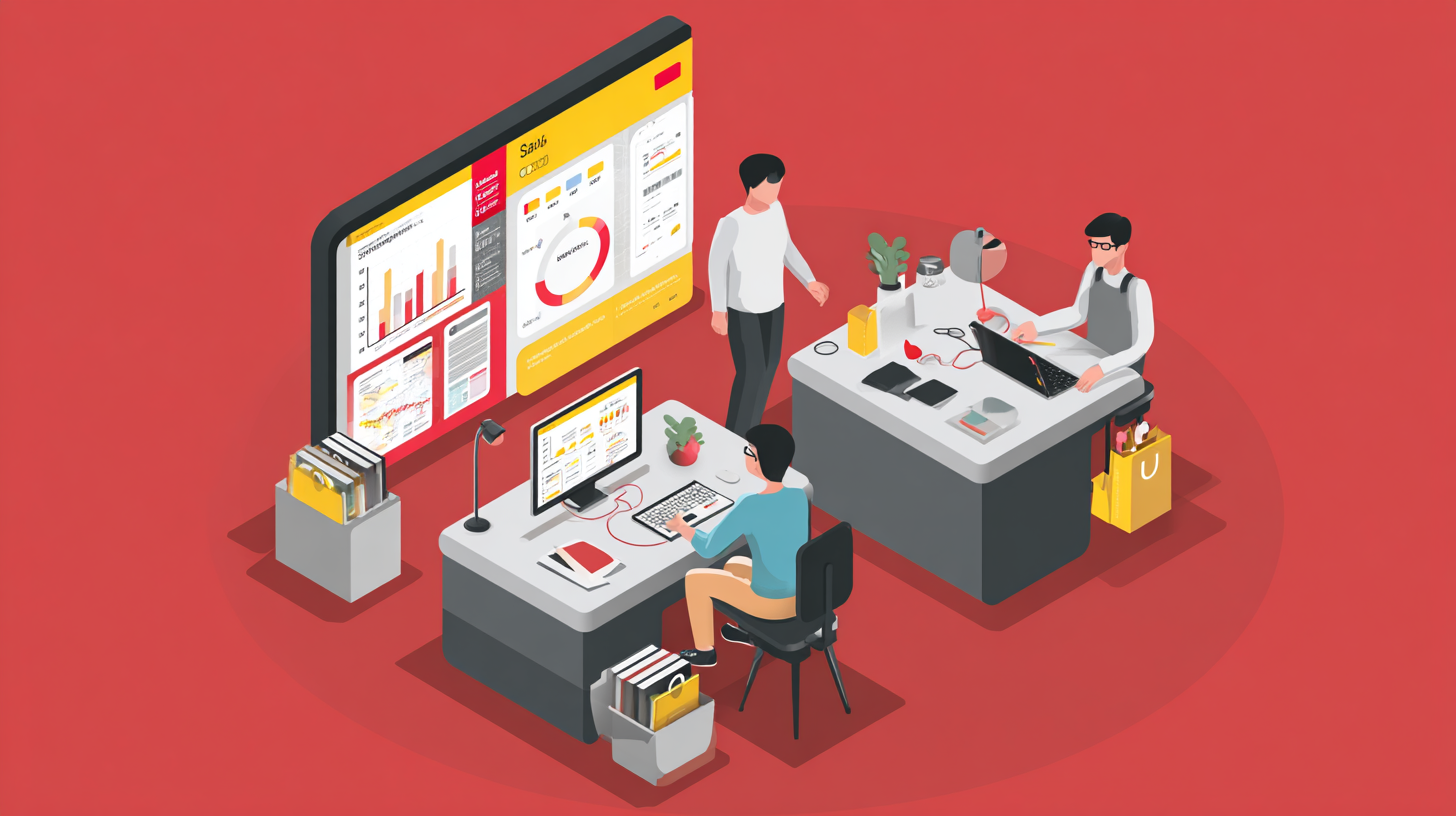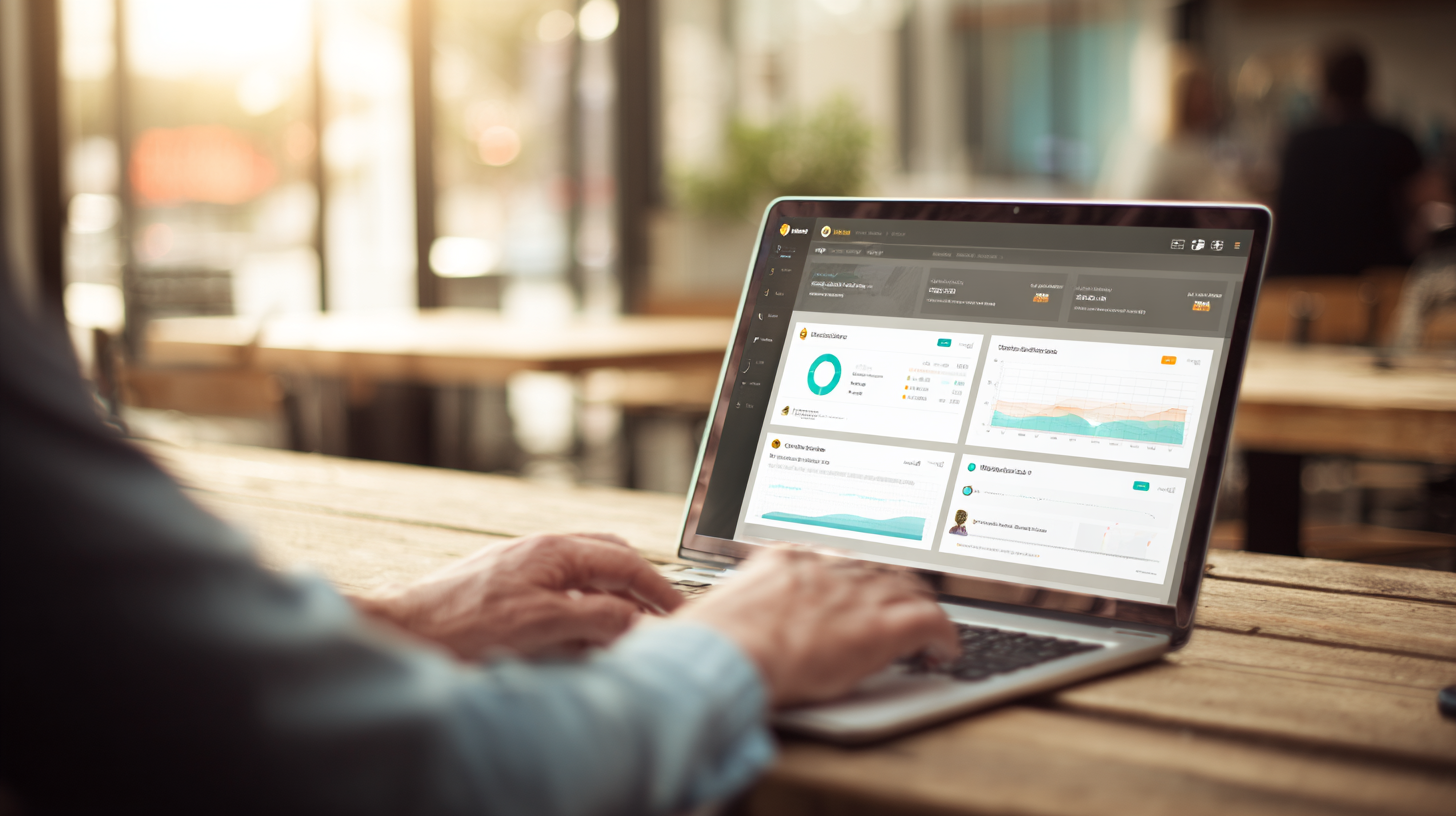Unlocking Customer Engagement: How Experience Software Drives a 30% Increase in Satisfaction Metrics
In today’s competitive landscape, businesses are increasingly realizing the critical role that customer engagement plays in driving satisfaction and loyalty. According to a recent report by McKinsey, companies that effectively leverage experience software see an average increase of 30% in customer satisfaction metrics, directly correlating with enhanced customer loyalty and retention rates. Experience software, which encompasses various tools designed to gather, analyze, and respond to customer feedback in real time, enables organizations to create personalized interactions that resonate with their audience. For instance, an analysis by Gartner revealed that 80% of customers consider their experiences with a brand as important as the actual products or services being offered. As companies strive to foster deeper connections with their clientele, prioritizing experience software becomes essential in unlocking the full potential of customer engagement strategies, ultimately leading to sustained growth and success.

The Role of Experience Software in Enhancing Customer Interactions
Experience software plays a crucial role in enhancing customer interactions by providing businesses with the tools to create personalized and engaging experiences. By leveraging data analytics, companies can better understand their customers' preferences and needs, allowing for tailored communication and services that resonate on a deeper level. This shift towards a more customer-centric model not only fosters loyalty but also drives up satisfaction metrics significantly, as customers feel valued and understood.
Moreover, experience software facilitates seamless interactions across various touchpoints, ensuring consistency in the customer journey. Whether through chatbots, personalized emails, or interactive mobile applications, these tools enable businesses to maintain meaningful dialogue with their customers. Enhanced responsiveness and accessibility contribute to an overall positive experience, significantly improving how customers perceive and interact with a brand. As a result, organizations that invest in experience software not only enhance their customer interactions but also cultivate a thriving relationship with their audience, ultimately leading to substantial growth in customer satisfaction.
Key Features of Experience Software That Boost Customer Satisfaction
Experience software has emerged as a transformative tool for enhancing customer engagement and satisfaction. One of its key features is advanced analytics, which allows businesses to gain deep insights into customer behavior and preferences. By harnessing data, organizations can tailor their offerings and interactions, ensuring that customers feel valued and understood. This personalized approach not only enhances the overall experience but also drives loyalty and increases satisfaction metrics significantly.
Another vital feature of experience software is its seamless integration across multiple channels. This omnichannel capability enables businesses to deliver a consistent and cohesive experience for customers, whether they’re interacting through a website, mobile app, or social media. By streamlining communication and ensuring that customers receive the right information at the right time, organizations can minimize frustration and enhance positive engagement. As a result, companies leveraging experience software effectively are witnessing a remarkable surge in customer satisfaction rates, further underscoring the importance of these innovative solutions in today’s competitive market.

Case Studies: Successful Implementation of Experience Software
Experience software has become a critical factor in achieving customer engagement and satisfaction. Case studies worldwide highlight its successful implementation across various industries. For instance, a real estate organization has transformed its operations by effectively utilizing experience software to streamline customer interactions and personalize services. This approach not only fosters a deeper connection with clients but also leads to measurable increases in satisfaction metrics, showcasing the profound impact of technology on customer relations.
Another compelling example involves a retail brand that faced declining sales. By leveraging consumer data and digital technologies, the brand managed to understand market preferences and enhance its customer outreach. This strategic use of experience software enabled the organization to significantly improve conversion rates amid challenging market conditions. Similarly, in the education sector, a learning platform has harnessed cloud solutions to ensure uninterrupted service and an enriching user experience, demonstrating how experience software can propel organizations toward higher engagement levels and improved customer satisfaction.
Unlocking Customer Engagement: How Experience Software Drives a 30% Increase in Satisfaction Metrics
| Company Sector | Pre-Implementation Satisfaction (%) | Post-Implementation Satisfaction (%) | Increase in Satisfaction (%) | Implementation Duration (Months) |
|---|---|---|---|---|
| Retail | 65 | 85 | 20 | 6 |
| Hospitality | 70 | 90 | 20 | 4 |
| E-commerce | 75 | 95 | 20 | 5 |
| Telecommunications | 68 | 88 | 20 | 8 |
| Healthcare | 72 | 92 | 20 | 7 |
Metrics for Measuring Customer Engagement and Satisfaction Improvements
In the quest to enhance customer engagement, leveraging experience software has emerged as a game-changer. To effectively measure the impact of your initiatives, it's crucial to implement specific metrics. For instance, Net Promoter Score (NPS), Customer Satisfaction Score (CSAT), and Customer Effort Score (CES) can provide valuable insights into how consumers perceive their interactions with your brand. These metrics not only help track satisfaction improvements but also pinpoint areas requiring immediate attention.
Tips for measuring engagement effectively include conducting regular surveys to capture real-time feedback and analyzing customer journey maps to identify friction points. Additionally, monitoring social media sentiment can reveal how your audience feels about your brand, offering opportunities for immediate engagement. Another useful tip is to create a dashboard that consolidates key metrics, enabling you to visualize trends and make data-driven decisions.
Investing in experience software not only boosts customer satisfaction metrics but also fosters a deeper connection between the brand and its audience. By continuously measuring and iterating based on the gathered data, businesses can drive significant improvements in customer engagement, leading to increased loyalty and retention.
Customer Engagement and Satisfaction Metrics Improvement
Future Trends in Experience Software and Customer Engagement Strategies
Experience software is revolutionizing customer engagement strategies, particularly in the realm of virtual fitting rooms that leverage innovative technologies such as in-store virtual mirrors and app-based body scanners. The global market for virtual fitting room solutions is expanding rapidly, driven by a growing demand for personalized shopping experiences. According to industry analyses, the virtual fitting room market is projected to grow significantly as retailers increasingly adopt these advanced technologies to enhance customer satisfaction metrics, projecting up to a 30% increase in satisfaction.

As artificial intelligence continues to shape marketing strategies, integrating such technologies into customer experience platforms can further optimize engagement. AI allows for the automation of tasks, interpretation of customer behavior, and the prediction of shopping trends. With the AI market anticipated to rise from $294.16 billion in 2025 to $1.77 trillion by 2032, businesses are urged to harness AI tools to enhance their customer interactions effectively.
Tips:
1. Consider implementing virtual fitting solutions in your retail space to keep up with consumer expectations for personalized experiences.
2. Utilize AI-powered analytics to gain deeper insights into customer preferences and behavior, ensuring you tailor your outreach strategies effectively.

